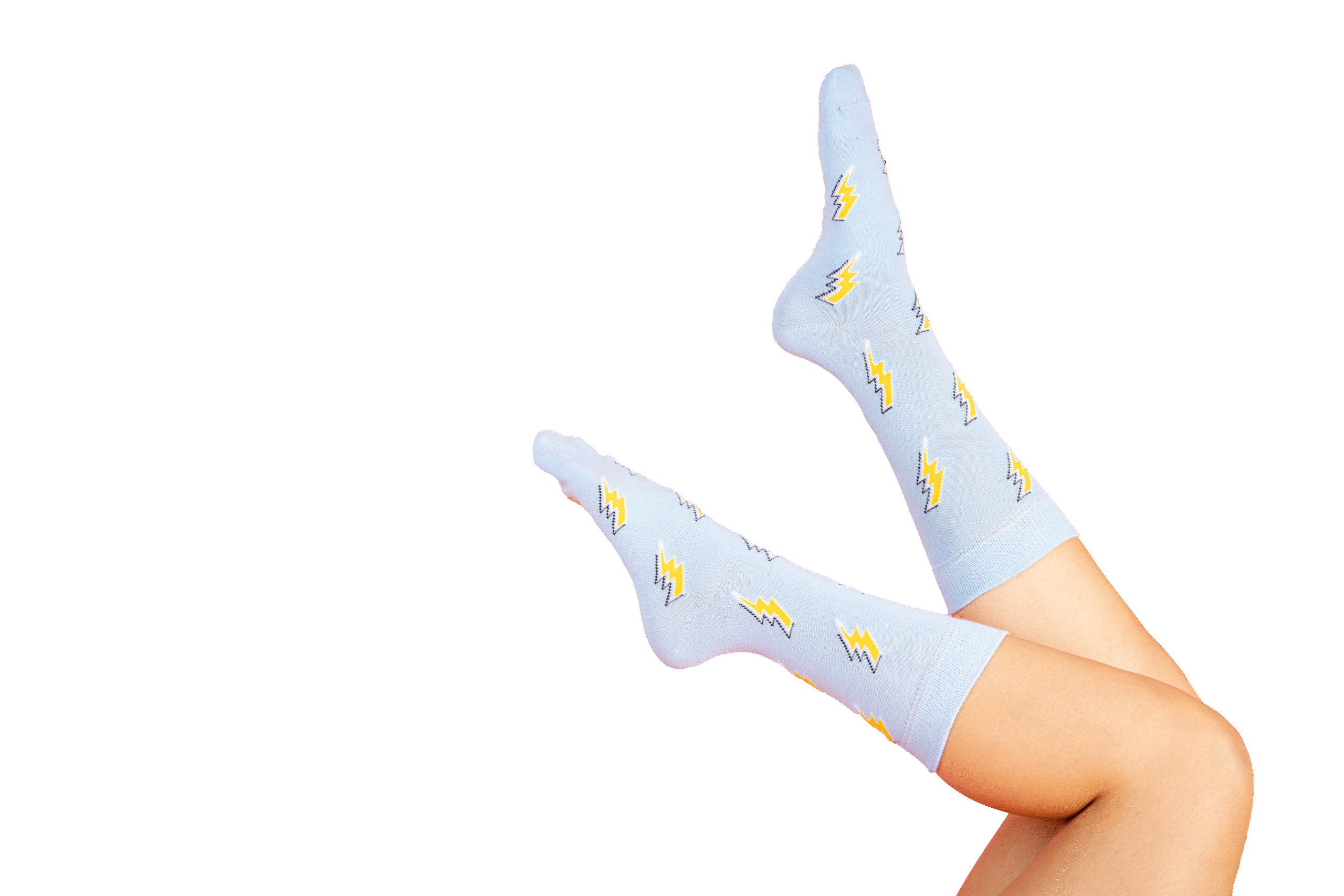
Services
At My Socks, we don’t just print socks,we bring bold ideas to life, one stitch at a time.
We use the sublimation printing, also known as dye-sublimation, is a digital printing method that uses heat, pressure, and time to transfer dye onto various materials. Unlike traditional printing methods where ink sits on top of the surface, sublimation dyes penetrate and become a permanent part of the material. This results in vibrant, durable prints that won’t crack, peel, or fade over time.
How it Works
The process of sublimation printing involves a unique interaction between special inks and specific materials:
Design Creation and Printing:
A design is created using graphic design software.
This design is then printed onto a special sublimation transfer paper using a sublimation printer filled with sublimation inks. These inks are unique because they are solid dyes that turn directly into a gas when heated, without passing through a liquid state (this is the “sublimation” process).
Heat Transfer:
The printed transfer paper is placed onto the desired product, which must be either a polyester fabric or a material with a polymer coating (often called “sublimation blanks”).
A heat press is then used to apply high heat and pressure to the paper and the product.
Dye Infusion:
Under the intense heat and pressure, the solid sublimation inks on the transfer paper turn into a gas.
At the same time, the heat opens up the pores of the polyester fibers or polymer coating on the product.
The gaseous dyes then permeate and fuse with these open pores.
As the material cools, the pores close, trapping the dye within the fibers, making the design a permanent part of the material.
Key Characteristics and Applications
Advantages:
Vibrant and Long-Lasting Colors: Sublimation produces exceptionally vivid, high-resolution prints with smooth color transitions. Because the dye is embedded in the material, the prints are incredibly durable and resist fading, cracking, or peeling, even after repeated washing.
Durability: The design becomes part of the material itself, meaning it won’t wash off, scratch, or wear away like surface-level prints.
Soft Hand Feel: On textiles, there’s no noticeable layer of ink on the surface, resulting in a soft, smooth feel to the printed area.
Full Customization: Allows for intricate, detailed designs, including photographic images and all-over prints (seam-to-seam coverage) on garments.
Eco-Friendly Aspects: Uses dry inks and can result in minimal waste compared to some traditional printing methods.
Disadvantages:
Material Limitations: Sublimation printing primarily works on polyester fabrics or items specially coated with a polymer. It doesn’t work well on natural fibers like cotton unless they are pre-treated. It also works best on white or light-colored materials, as there are no white sublimation inks, and transparent/translucent inks won’t show up on dark backgrounds without a white base.
Initial Setup Cost: The equipment, including a sublimation printer, special inks, and a heat press, can be a higher initial investment compared to some other printing methods.
No Texture: Since the dye becomes part of the material, sublimation printing does not add any tactile texture to the surface.
White Creasing: On fabric, if there are folds or creases during the pressing process, the ink won’t reach those areas, resulting in unprinted white lines.
Common Applications:
Sublimation printing is widely used for:
Apparel: Sportswear, t-shirts, jerseys, leggings, swimwear, and other polyester-based clothing.
Promotional Products: Mugs, water bottles, mouse pads, keychains, phone cases, and other items with a polymer coating.
Home Décor: Cushions, blankets, flags, and other textile-based home furnishings.
Signage: Soft signage, banners, and displays.
Personalized Gifts: Custom photo prints on various substrates.
Sublimation printing is a popular choice for high-quality, full-color designs that require exceptional durability and a premium finish.